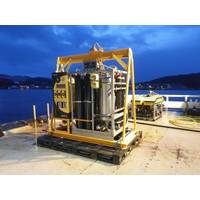
Putting Power on the Seafloor is a Fuel Cell Future
.Some are trialling the use of wave energy or ocean current converters. Nuclear options have also been assessed. However, two promising projects which propose fuel cells as a solution to this challenge have recently passed significant milestones.One is a research project led by Germany’s GEOMAR Helmholtz Centre for Ocean Research Kiel, which recently tested fuel cell technology for use on a long-term seafloor observatory, where it could also be required to power robotics. The other is Teledyne’s Subsea Supercharger, which was recently put to the test over in Norway.Powering up ocean observation&ldquo
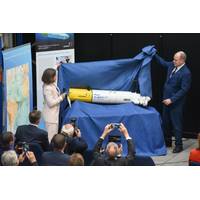
Prince Albert II of Monaco Christens Geomar's New AUV
Prince Albert II of Monaco on Thursday today christened the new autonomous underwater vehicle "Albert I. de Monaco" at GEOMAR Helmholtz Centre for Ocean Research Kiel.The AUV “Albert I de Monaco” was built by IQUA Robotics in Spain. It is about 1.5 meters long and can dive up to 200 meters deep. Being equipped with various sensors, including a side-scan sonar and an oxygen sensor, the device can be used both for measurements in the open water and for seafloor mapping. "With the new vehicle, we want to support research projects near the coast in particular, but also
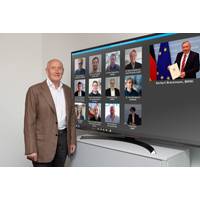
German Government Funds Autonomous Subsea Robotics System Development Project
of inertial navigation systems and the method for autonomous docking of the system underwater.The University Medical Center Freiburg will focus on the development of electric field sensors that can cope with the harsh underwater environment and measure highly sensitive corrosion protection.GEOMAR Helmholtz Centre for Ocean Research Kiel specializes in all relevant aspects of modern marine science. The institute will develop the AUV’s camera system and provide test platforms for the systems
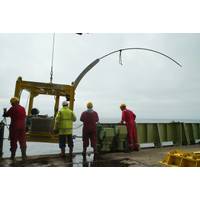
Increased Confidence in CO2 Storage
could be detected, both in the dissolved phase and as bubbles. These results have clearly demonstrated the utility of combining a number of sensing and monitoring approaches to detect leaks from CCS reservoirs.A second research ship, RV Poseidon, manned by a crew and science team from the GEOMAR Helmholtz Centre for Ocean Research in Kiel, Germany, hove to within sight of the Goldeneye platform and the RRS James Cook. Partners in the STEMM-CCS project, the GEOMAR team were engaged in more distant monitoring and seabed baseline studies linked to the experiment, combining expertise and facilities across

Scientists Find Micro Plastic in Arctic Ice
July 18 to Aug. 4 and covered some 2,000 nautical miles.Separately, German and Swiss scientists published a study on Wednesday based on samples from the Arctic, Swiss Alps and Germany that suggested microplastic is being blown vast distances through the air and dumped when it snows.The team from the Helmholtz Centre for Polar and Marine Research found that snow collected on the Norwegian Arctic archipelago of Svalbard contained up to 14,400 particles of plastic per litre. The study found its highest concentration of particles -- 154,000 particles per litre -- near a rural road in the German federal state
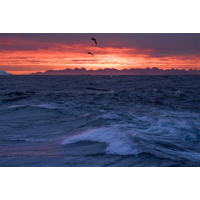
Waters West of Europe Drive Ocean Overturning
2020.Co-authors hailed from Duke; the U.K.’s National Oceanography Center; Woods Hole Oceanographic Institution; the Scottish Association for Marine Sciences; the Royal Netherlands Institute for Sea Research and Utrecht University; Memorial University in St. John’s, Canada; GEOMAR Helmholtz Centre for Ocean Research in Kiel, Germany; and the Bedford Institute of Oceanography in Dartmouth, Canada
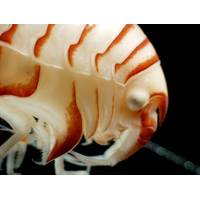
New Species Found in the North Sea
; in the North Sea, usually relate to animals or algae that were newly introduced by human activities. The discovery of a new amphipod species is proof that there are still unknown organisms lurking in the German Bight. A team of scientists around Dr Jan Beermann from the Alfred Wegener Institute, Helmholtz Centre for Polar and Marine Research (AWI) and Dr Michael J. Raupach from the University of Oldenburg, as well as colleagues from the University of Potsdam, now successfully discovered and described a previously overlooked species in the North Sea – a rare event, considering that the region is
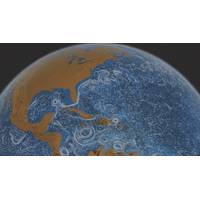
The Evolution of Ocean Models
accurate representations of the real ocean, and over the past few decades their models have become incredibly realistic, with applications ranging from weather and wave forecasting, to climate and palaeoclimate research, and not least, the search for missing aircraft. At the GEOMAR Helmholtz Centre for Ocean Research Kiel, Germany, Dr. Jonathan Durgadoo has been working with ocean models for almost 10 years. In that time he has witnessed a trend toward increasing realism in the models that he uses. “By realistic we mean the ability for models to simulate processes in the
Threat from wandering greenhouse gas
in the current issue of the online journal Scientific Reports. Although this interaction between methane, ocean and ice has a significant influence on climate change, to date it has not been reflected in climate models. In August 2011, the icebreaker Polarstern from the Alfred Wegener Institute, Helmholtz Centre for Polar and Marine Research (AWI) was making its way through the ice-covered Arctic Ocean, on a course that took her just a few hundred kilometres from the North Pole. Back then, AWI geochemist Dr Ellen Damm tested the waters of the High North for the greenhouse gas methane. In an expedition



 February 2024
February 2024





